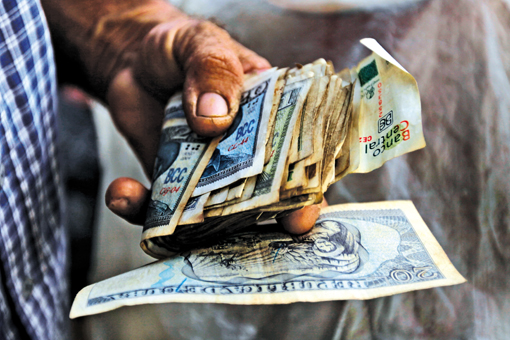In practice, the dual currency system has meant the simultaneous circulation of two domestic currencies: Cuban Pesos (CUP) and Convertible Cuban Pesos (CUC), which is pegged to the U.S. dollar. Today, the system includes multiple exchange rates: one for households that allows individuals to exchange 24 CUP for one CUC in Casas de Cambio SA (Currency Exchange House—CADECA) and the official exchange rate for companies and the public sector of one CUP for one CUC. This system operates under an institutional framework that differentiates markets and prices depending on the currency of transaction and whether the exchanges are made by citizens or enterprises.
Initially, this arrangement was successful in reinserting Cuba into the global economy while maintaining a modicum of economic equilibrium and growth domestically. Launched during the deep economic crisis of the 1990s, also known as the Special Period, the dual system stimulated production in the then-emerging sectors of tourism and foreign direct investment. It also helped to reduce the large fiscal deficit, and used international prices as a reference to set national prices and develop internal markets.
Despite its successes, the prolonged use of this system has adversely affected Cuba’s efficiency. Among the most significant consequences has been the damage exacted on the export sector by the higher prices of Cuban goods on the international market. It has also distorted prices, corporate balance sheets and public finances.
To fully unify its currency, Cuba must take into account at least three steps: devalue the official exchange rate, adjust the price system, and begin circulating one currency domestically. These three measures raise challenging questions. What will be the effect on competitiveness internationally and domestically? Which enterprises will be potential winners or losers? How can the government deal with the threat of inflation that typically accompanies this process? What risks and advantages does currency unification bring to the foreign investments that are currently a top priority for Cuba?





